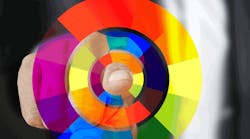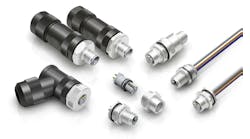Our panel of six industry experts addresses what you need to know when deciding the wire color coding standard that works best for your needs. As the Industrial Internet of Things (IIoT) continues to gain mindshare and acceptance, the roles of the cables, connectors and wires that move the data become more important.
How do you decide which wire color coding to use? Are there advantages to NEC, NFPA, IEC, CSA or a proprietary system used by an end user?
Craig Fox, connectivity product manager at Murrelektronik: At present, we see a variety of color codes in use. Most of this is derived from legacy systems, design specifications and platforms that are generations old. As companies expand with global operations, and as equipment manufacturers seek to sell their machinery in the global market, the need for international standards becomes apparent. While many choices still exist, the clear preference within industrial control systems is the IEC color code.
Jack Zurick, senior control systems engineer at Thermo Systems, a Control System Integrators Association (CSIA) member: Typically, the color coding of wire has been standardized by the UL 508A, NFPA 79 and JIC standards, although exceptions can be made where multi-conductor cables are concerned. Our company, Thermo Systems, standards regarding this matter have been arrived at over time with careful consideration to these standards and conventions.
◦ is easier to troubleshoot
◦ prevents confusion.












